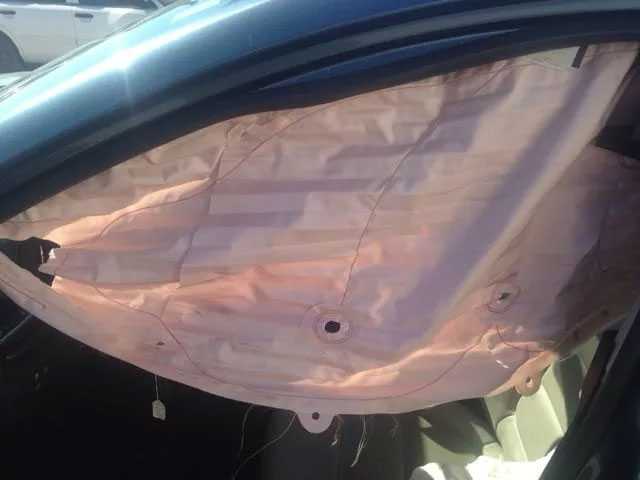Product Defect Lawyer in Texas
If you have been injured or suffered other damages because of a product you used, you may have a defective product liability claim and will want to contact an experienced product defect lawyer.

Though the range of defective product cases is broad, the claims typically fall into three categories of product liability: (1) defective manufacture; (2) defective design; or (3) failure to provide adequate warnings or instructions concerning the proper use of the product.
Understanding these categories will help you to determine whether you have a valid claim, as well as the strategy to use in presenting your case and assisting your product defect lawyer.
You must show not only that the product was defective, but that the defect caused your injury. Defective products can cause severe injuries.
Defectively Manufactured Products
Perhaps the most obvious type of product liability claim is when the injury-causing product was defectively manufactured. A defectively manufactured product is flawed because of some error in making it, such as a problem at the factory where it was fabricated. As a result, the injury-causing product is somehow different from all the other ones on the shelf.
Examples of a manufacturing defect include:
- an airbag that doesn’t deploy
- a tainted batch of cough syrup containing a poisonous substance, or
- a gear shift that slips.
In each case, the injury must have been caused by the manufacturing defect. So, if you misjudged a curve, drove off the road, and injured yourself while riding on the moped with the missing brake pads mentioned above, you would only have a manufacturing defect claim if you could show that the missing brake pads — not your poor steering — caused your accident.
Defectively Designed Products
In the second type of product liability category, a product’s design is inherently dangerous or defective. Defective design claims do not arise from some error or mishap in the manufacturing process, but rather involve the claim that an entire line of products is inherently dangerous, regardless of the fact that the injury-causing product was perfectly made according to the manufacturer’s specifications.
Examples of a design defect include:
- a particular model of car that has a tendency to flip over while turning a corner
- a faulty ignition switch shuts off the engine without warning
- a line of electric blankets that can electrocute the user when turned on high.
Again, the injury must have been caused by the defective design. If you accidentally crash into another vehicle while driving one of the flip-prone cars mentioned above, you would only have a design defect claim if you could show that you crashed because the car was in the process of flipping over while turning.
Failure to Provide Adequate Warnings or Instructions
The third type of product liability claim involves a failure to provide adequate warnings or instructions about the product’s proper use. Failure-to-warn claims typically involve a product that is dangerous in some way that’s not obvious to the user or that requires the user to exercise special precautions or diligence when using it.
Examples of a failure-to-warn claim include:
- an electric tea kettle that is packaged without sufficient warning concerning its oddly positioned steam valve
- a cough syrup that does not include on its label a warning that it may cause dangerous side effects if taken in combination with another commonly taken drug such as aspirin, or
- a corrosive paint-removing chemical that is sold without adequate instructions for safe handling and use.
Again, the injury must result from the failure to warn or properly instruct. If you are burned while using the newfangled tea kettle mentioned above, you would only have a failure-to-warn claim if you were burned by steam unexpectedly coming out of the oddly positioned steam valve. Â Burn victims should contact an experienced burn injury lawyer.
Comparing the Three Types of Product Liability Claims
Claims involving pharmaceutical drugs provide a useful way of comparing the three types of product liability claims. If you are injured because the particular bottle of cough syrup you bought happens to contain several drops of arsenic that fell into it by accident at the factory where it was made, your claim would be based on a manufacturing defect.
By comparison, if taking that same brand of untampered-with cough syrup caused you to suffer a heart attack because of its normal ingredients, your claim would be based on a design defect.
Finally, if the cough syrup was made correctly and is generally safe for use, but you were injured because you combined it with aspirin and the label failed to warn that such a combination is dangerous, your claim would be based on a failure to warn.
By understanding these differences, you will better be able to identify your product liability claim and correctly present your case in court. Â Hire an experienced product defect lawyer for your case.
Hire an Experienced Product Defect Lawyer
If you’ve been injured by a defective product, be sure to call us or complete the form below.



